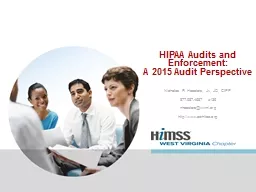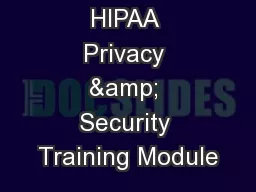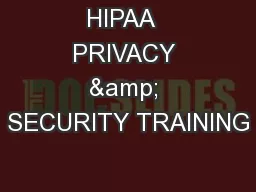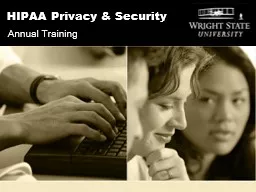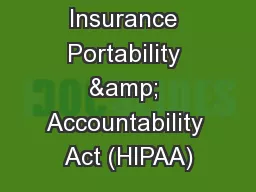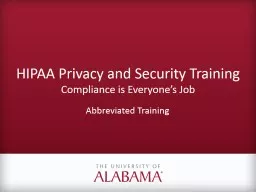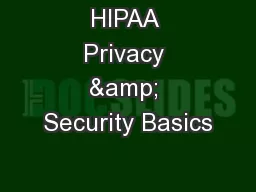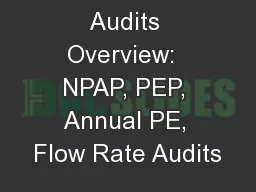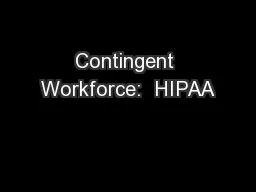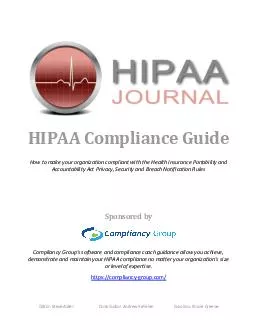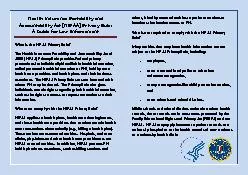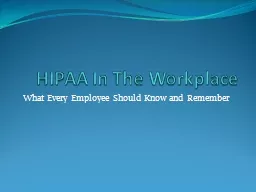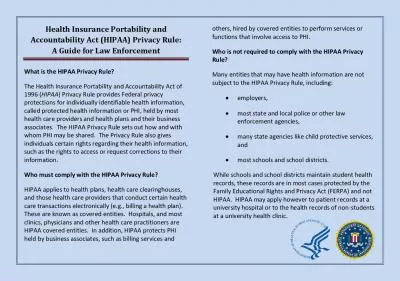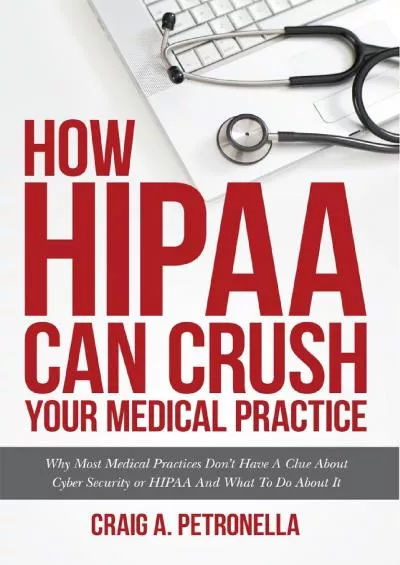PPT-HIPAA Audits and Enforcement:
Author : jane-oiler | Published Date : 2020-01-31
HIPAA Audits and Enforcement A 2015 Audit Perspective Nicholas P Heesters Jr JD CIPP 8779874687 x136 nheesterswvmiorg http wwwderhitecorg Disclaimer The information
Presentation Embed Code
Download Presentation
Download Presentation The PPT/PDF document "HIPAA Audits and Enforcement:" is the property of its rightful owner. Permission is granted to download and print the materials on this website for personal, non-commercial use only, and to display it on your personal computer provided you do not modify the materials and that you retain all copyright notices contained in the materials. By downloading content from our website, you accept the terms of this agreement.
HIPAA Audits and Enforcement:: Transcript
Download Rules Of Document
"HIPAA Audits and Enforcement:"The content belongs to its owner. You may download and print it for personal use, without modification, and keep all copyright notices. By downloading, you agree to these terms.
Related Documents

